Cloudy nutrients, floating ‘fur’ and ‘cotton like’ growths are most likely to be caused by fungi in the nutrient solution especially in a Tropical countries with its hot and high humidity environment. Bacteria can also make the nutrient cloudy, but tend to produce more of a ‘slime’ or jelly like mass in the system and a bad smell. Bad odors can be both strong and persistent and are a result of bacteria metabolizing proteins which releases amines and sulfur containing organic molecules into solution. Microbial growth in the nutrient itself is a result of having organic materials in the system somewhere (fungi etc need organic matter to feed on). When these fungi or bacteria are present in the system, feeding on organic matter, they use up just about all the oxygen in the nutrient and this ends up smothering the plants roots. They can also release toxic compounds into the nutrient as they grow, breed, die and decompose, and many of these are harmful to plants. The microbial species which produce the bad smells, slime and other undesirable problems are not the ones we want to encourage, since their growth results in stagnant, oxygen starved conditions and root death. Once root death has started to occur, opportunist pathogens such as Pythium will then invade the plant’s root tissues, making disease control difficult. They also make running a hydroponic system unpleasant, will block up emitters, drippers and other equipment and require the whole system to be cleaned out and disinfected (please refer also the post Problems in Drip Irrigation/Fertigation-Clogging. If these problems have developed in a hydroponic system it is usually an indication that large amounts of organic matter have been introduced which have given the fungi and bacteria a food source and resulted in rapid population growth. Organic matter may have come from large amounts of old rotting root systems or vegetation from a previous crop, use of organic growing media or it could even be unintentional organic contamination - (such as the large, dead rat found rotting at the bottom of one growers nutrient tank!). There are organic additives specifically designed for hydroponic systems - meaning they are suitable for a ‘soilless’ system and following the manufacturers instructions for the use of these will get the most benefit from these types of products. As with all hydroponic nutrients - more is not better when using organic additives in a hydroponic system and the dose stated on the product will be the optimum one. Use of organic fertilizers which are used and designed for soil based systems have in the past caused major problems in many hydroponic systems - many of these rely on boosting the population growth of microbes in the soil which in turn breaks down organic matter, releasing nutrients. Also many of the organic compounds are not fully mineralized and putting these soil based organic fertilizers (such as fish emulsions) into an NFT or even media system in large quantities can have rapid and unpleasant results.
Solutions and prevention of nutrient problems - There has been a major move away from the ‘kill everything and sterilize approach’ for nutrient solutions to a more integrated and environmentally friendly method of allowing microbes to exist naturally in a well run, fully aerated system. Sterilization of the nutrient has proven many times to be difficult and expensive to carry out, often resulting in plant damage, nutrient problems and residues of sterilization chemicals. Using sterilization techniques such as H2O2 and Chlorine in nutrients solutions requires a high dose to kill some of the persistent plant pathogens and this has been shown to damage young and sensitive roots in many crops. 100ppm H2O2 is required to kill spores of some of the common hydroponic pathogens, but even a level of 8ppm was found to damage lettuce seedling roots. The same problem exists with the use of chlorine. Studies have also found that after nutrient sterilization when all microbes and algae have been killed, re-growth of these occurs very rapidly in the nutrient, and this can in fact result in some of the pathogenic microbes re-establishing fastest, causing many new problems in the systems. A better approach, which is used by many commercial growers, is to start with a clean, sterilized water source, add in the nutrients, then inoculate the nutrient solution with a mixture of beneficial microbes (the same ones which may also be used in a sand filter). This gives the beneficial microbes a head start and results in a healthy system where any pathogens should be suppressed before plant damage occurs.
*References and Sources of informationPaulitz, T. C., ‘Biological Control of Root Pathogens in Soilless and Hydroponic Systems’. HortSceince, Vol 32, No 2 (1997) pages 193-196.Stanghellini, M. E., Rasmussen, S. L., ‘Hydroponics: A Solution for Zoosporic Pathogens’ Plant Disease, Vol 78 No 12 (1994) pages 1129-1137.Utkhede, R. S., Levesque, C. A., Dinh D. ‘Pythium aphanidermatum Root Rot in Hydroponically Grown lettuce and the Effect of Chemical and Biological Agents on its Control’ Canadian Journal of Plant Pathology, Vol 22 (2000) pages 138 - 144.























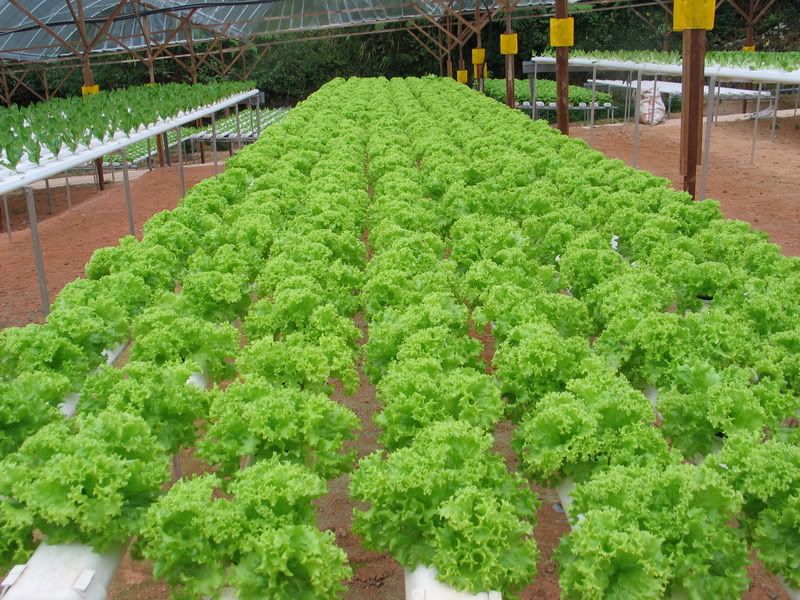
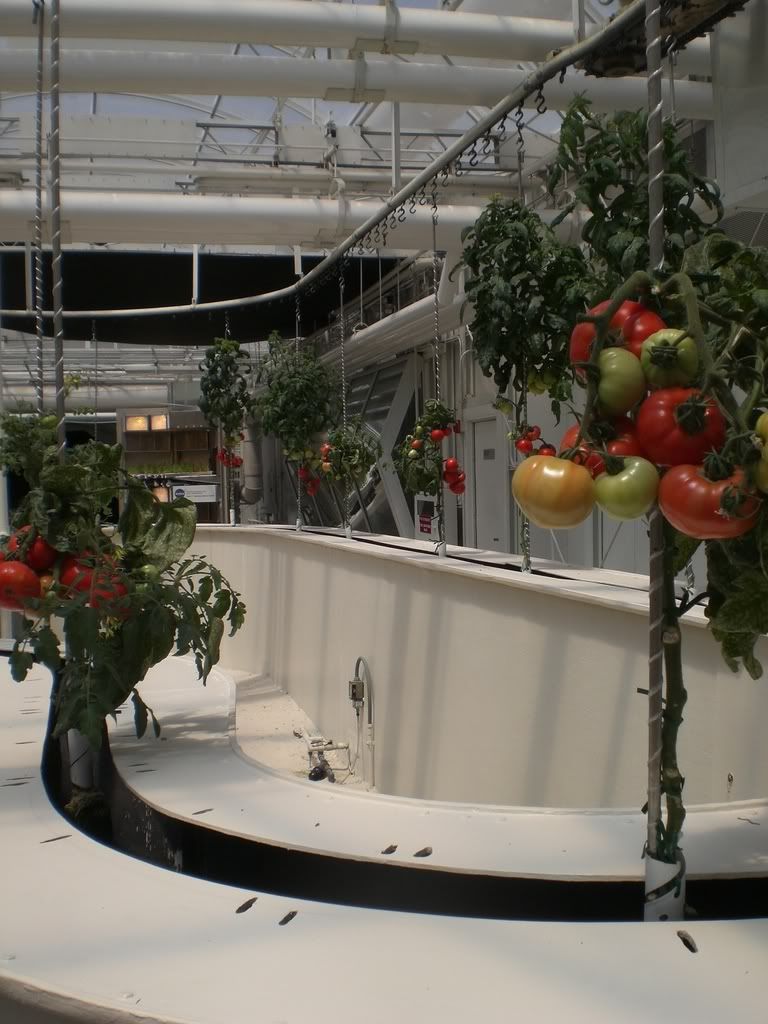
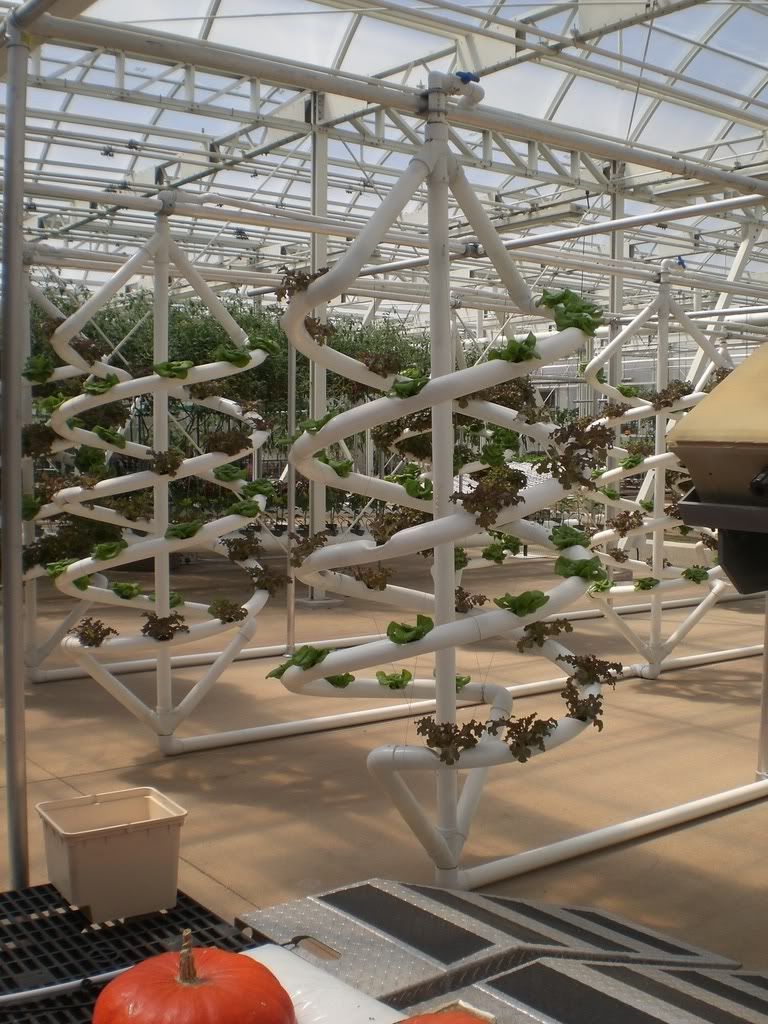
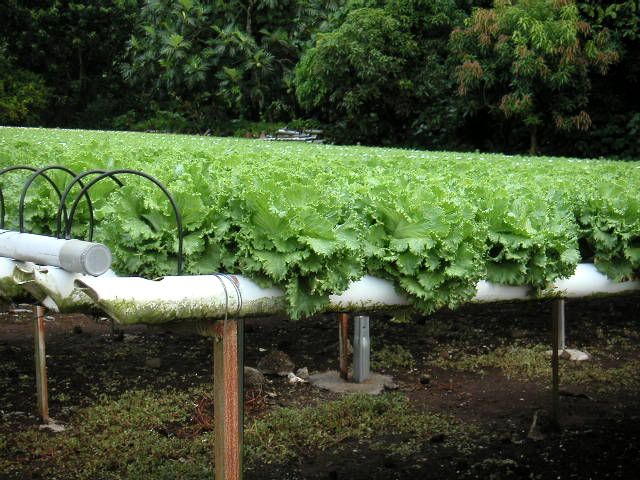
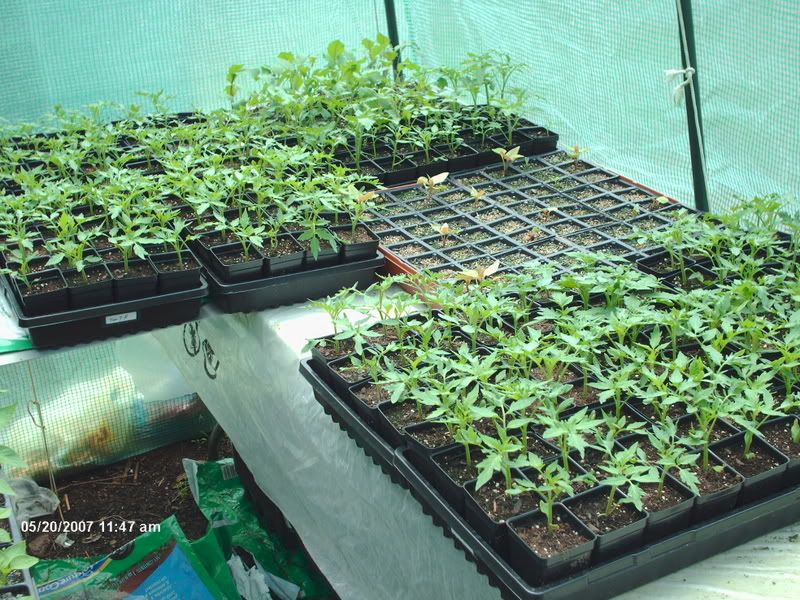
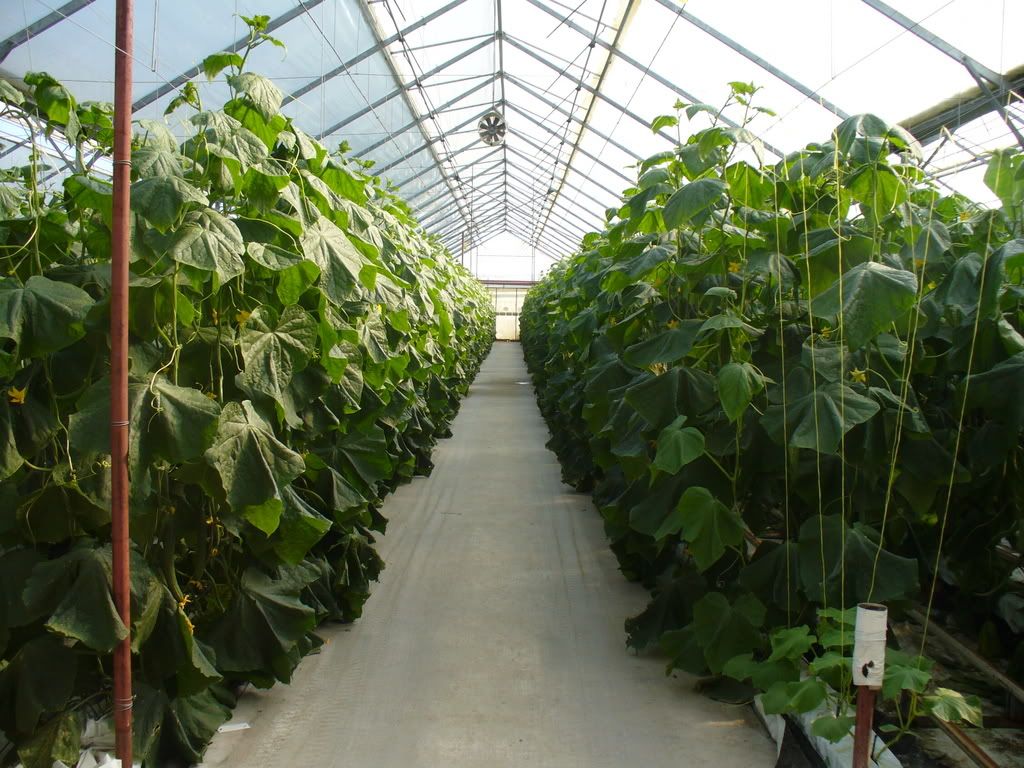
2 comments:
Excellent article - nice to see another person preaching against the "kill 'em all" doctrine. Plants absolutely require certain bacteria and fungi to flourish.
For my money's worth I go with Piranha for beneficial fungi and Tarantula for beneficial bacteria. I've never once had any signs of nasty stuff growing in my reservoir when I've used them. They kill it long before it gets a foothold.
They also feed on the same organic matter that those nasties want to eat, keeping them from showing up that way - they prevent the food source from enticing them.
Agree, but maybe we can choose something less scarry than Piranha or Tarantula
Post a Comment